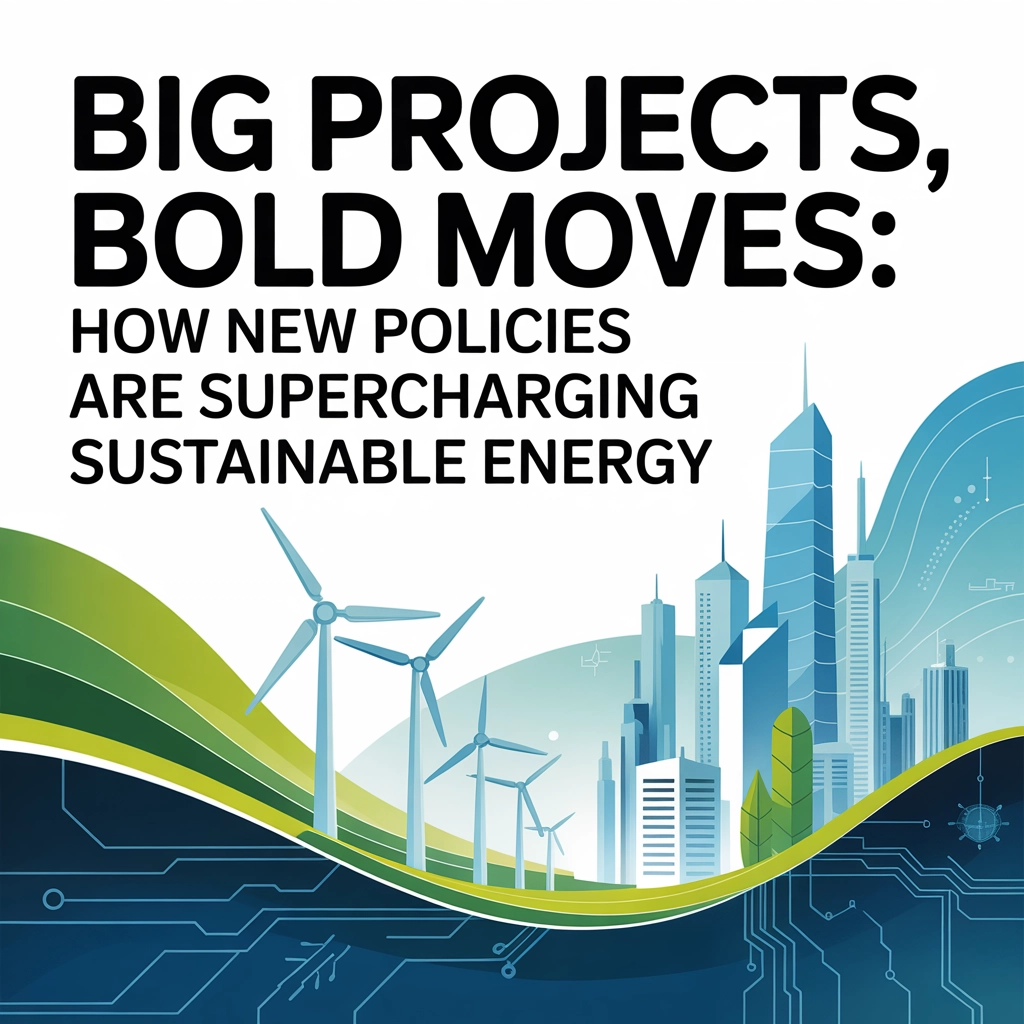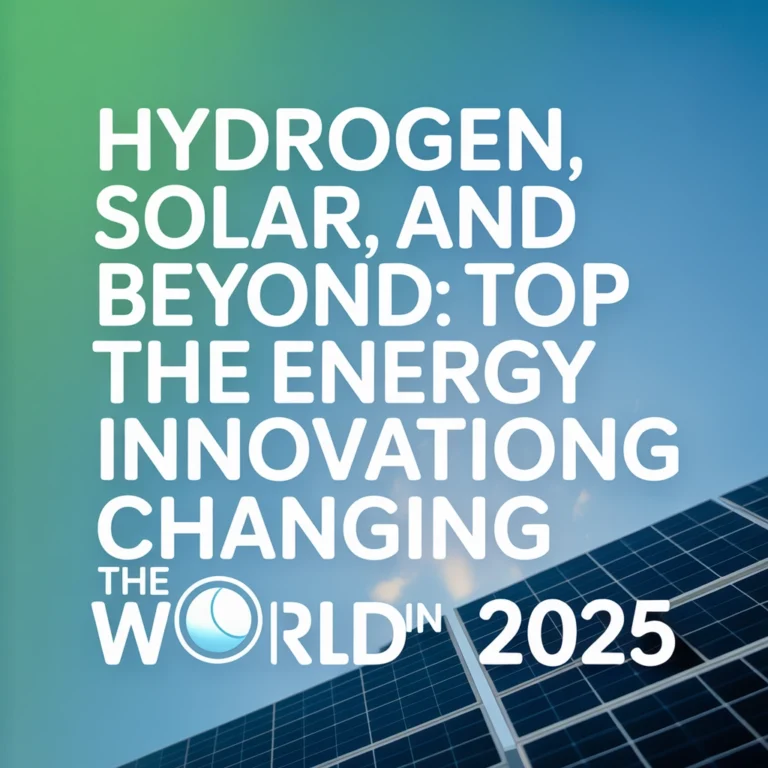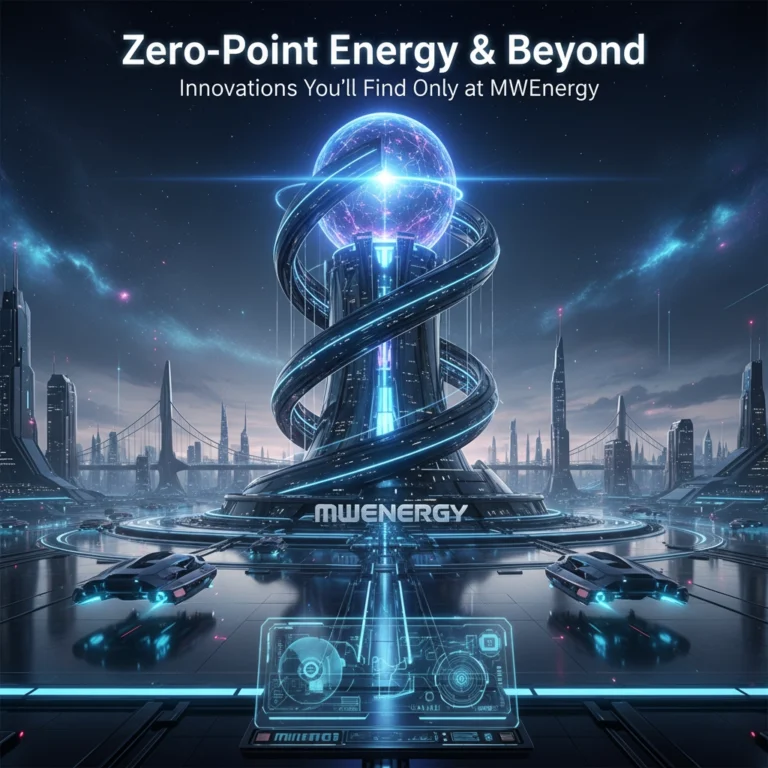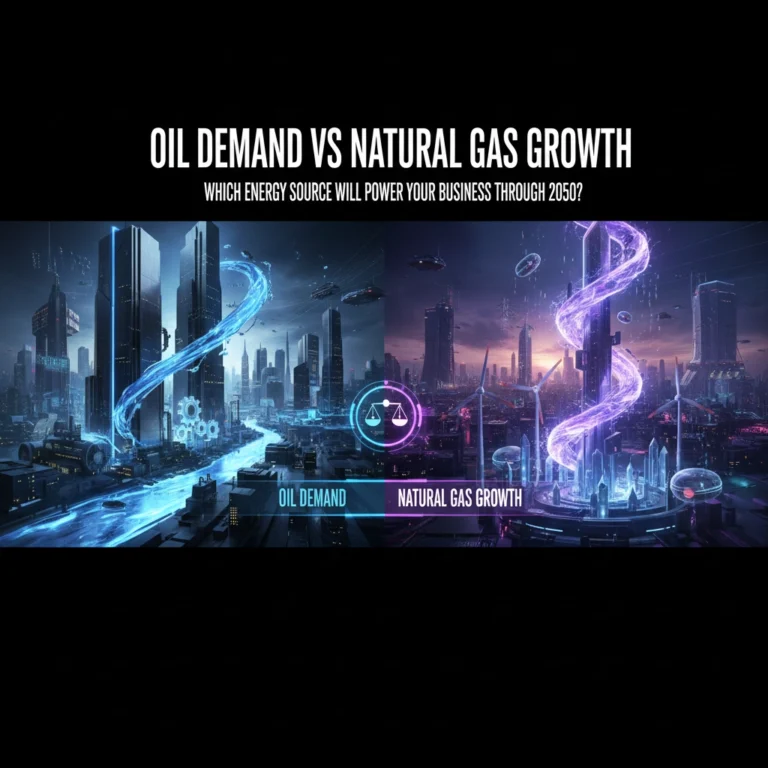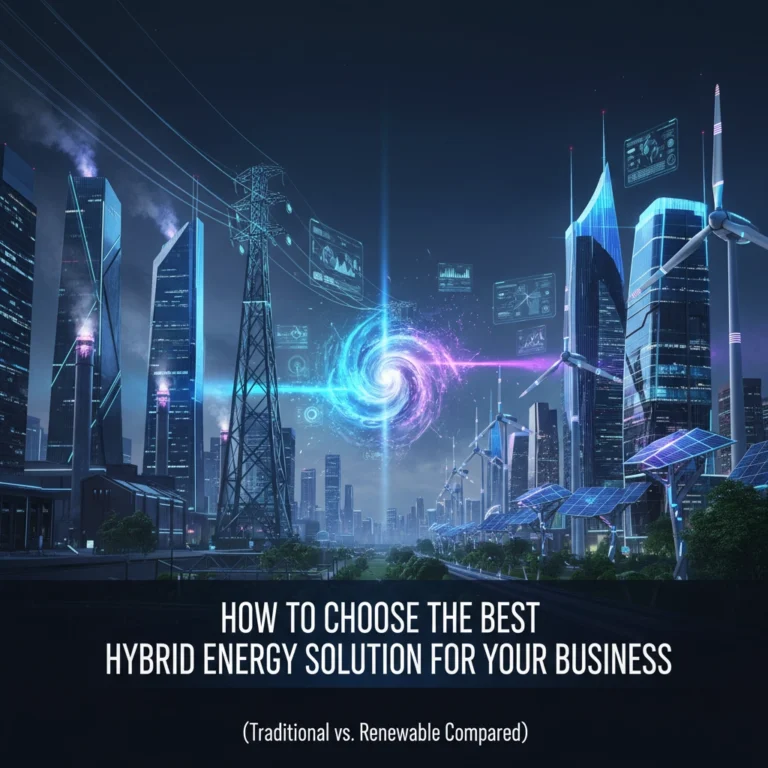Big Projects, Bold Moves: How New Policies Are Supercharging Sustainable Energy
The sustainable energy revolution isn't happening by accident—it's being powered by some of the most ambitious policy initiatives and government investments in American history. From massive federal spending packages to state-level renewable mandates, policymakers are pulling every lever they can to accelerate the clean energy transition. And the results? They're already reshaping our energy landscape in ways we couldn't have imagined just a few years ago.
The Inflation Reduction Act: America's Clean Energy Game Changer
When President Biden signed the Inflation Reduction Act in August 2022, it wasn't just another piece of legislation—it was a $369 billion bet on America's clean energy future. This historic investment has already triggered a cascade of private sector activity that's creating hundreds of thousands of jobs and fundamentally changing how we think about energy production.
The numbers tell the story. Since the IRA became law, companies have announced more than 330,000 new clean energy jobs—the kind of family-supporting positions that are building entire communities around sustainable energy production. These aren't just temporary construction gigs, either. We're talking about long-term manufacturing jobs, technical positions, and engineering roles that are creating a whole new clean energy workforce.
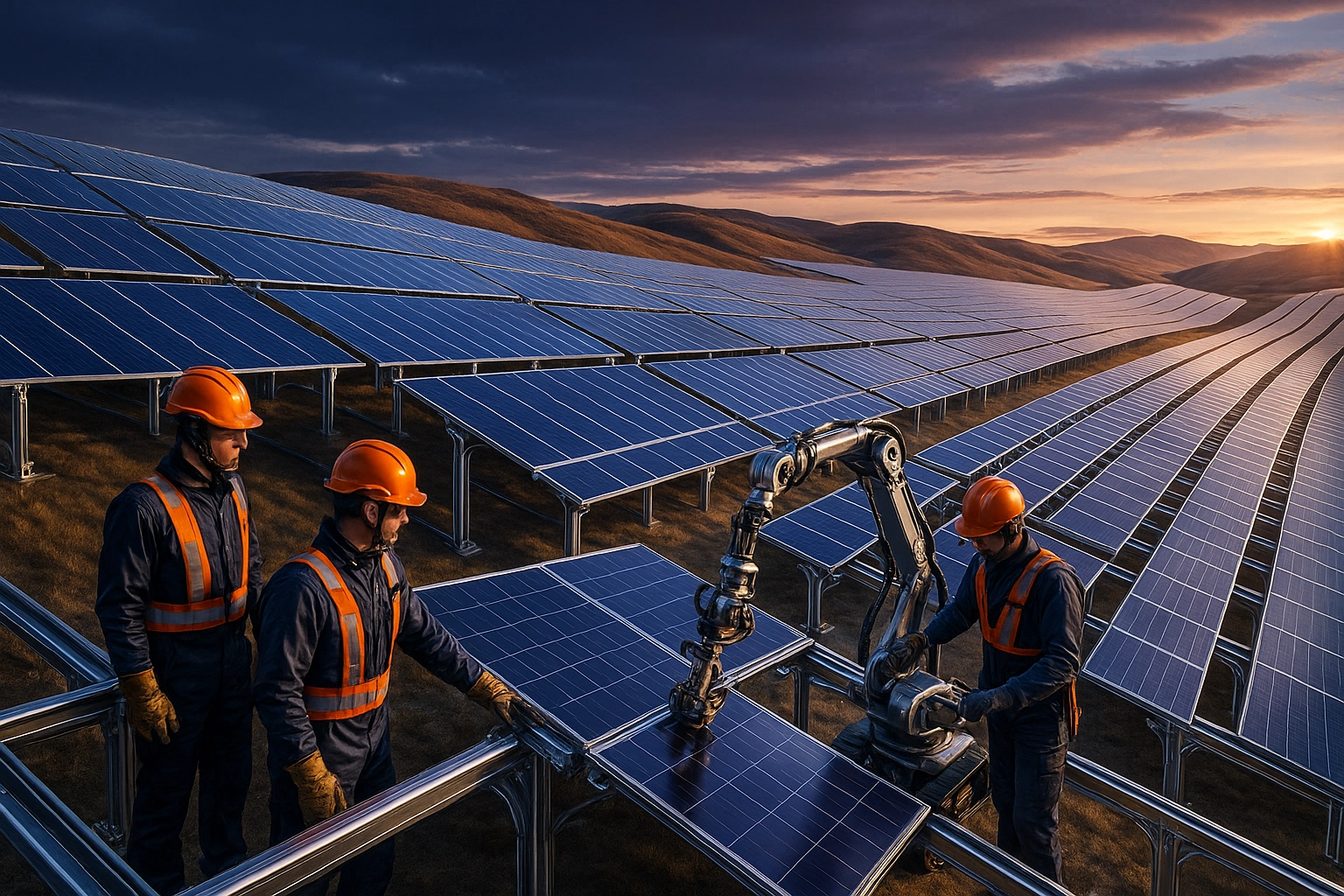
What makes the IRA so powerful isn't just the money—it's the strategic way that money is being deployed. Tax credits for solar installations, incentives for domestic battery manufacturing, and support for emerging technologies like green hydrogen are creating market conditions where clean energy isn't just the right thing to do environmentally, it's the smart economic choice.
States Leading the Charge
While federal policy provides the foundation, states are where the rubber really meets the road. Thirteen states have committed to 100% carbon-free electricity by 2050 or sooner, with California blazing the trail as usual. But it's not just the usual suspects—states across the country are setting aggressive renewable energy standards and backing them up with real policy muscle.
Take offshore wind, for example. The Biden administration's goal of 30 gigawatts of offshore wind capacity by 2030 sounds ambitious until you realize that states like New York, Massachusetts, and Virginia are already lining up projects to make it happen. These aren't pie-in-the-sky promises—they're concrete development plans with timelines, budgets, and regulatory frameworks already in place.
The solar boom is even more impressive. Projections show that solar power will account for nearly 50% of global electricity generation growth by 2025. When you combine falling equipment costs with state-level renewable portfolio standards and federal tax incentives, solar becomes a no-brainer investment for utilities and businesses alike.
Technology-Focused Innovation Programs
Smart policy isn't just about throwing money at problems—it's about targeting investments where they can have maximum impact. That's where programs like the Department of Energy's Energy Earthshots come in. These focused initiatives tackle specific technological challenges that could unlock massive clean energy deployment if solved.

The Office of Energy Efficiency and Renewable Energy (EERE) has become the nerve center for coordinating technology development across the clean energy spectrum. From advanced battery storage to next-generation solar panels, EERE's approach combines basic research with real-world demonstration projects that prove new technologies can work at commercial scale.
What's particularly clever about this approach is how it addresses the classic chicken-and-egg problem in new technology deployment. By providing early-stage support for promising technologies while also creating market conditions that reward their adoption, these programs are accelerating the timeline from lab to market by years, if not decades.
Building Tomorrow's Workforce Today
You can't have an energy transition without people who know how to build, install, and maintain clean energy systems. That's why the American Climate Corps represents such a smart long-term investment. Starting with 20,000 positions and scaling to 50,000 over the next decade, this program is creating a pipeline of skilled workers who will be the backbone of America's clean energy economy.
But it's not just about creating jobs—it's about creating careers. The clean energy sector is offering pathways to middle-class prosperity for workers across the education spectrum, from high school graduates getting into solar installation to engineers designing the next generation of wind turbines.
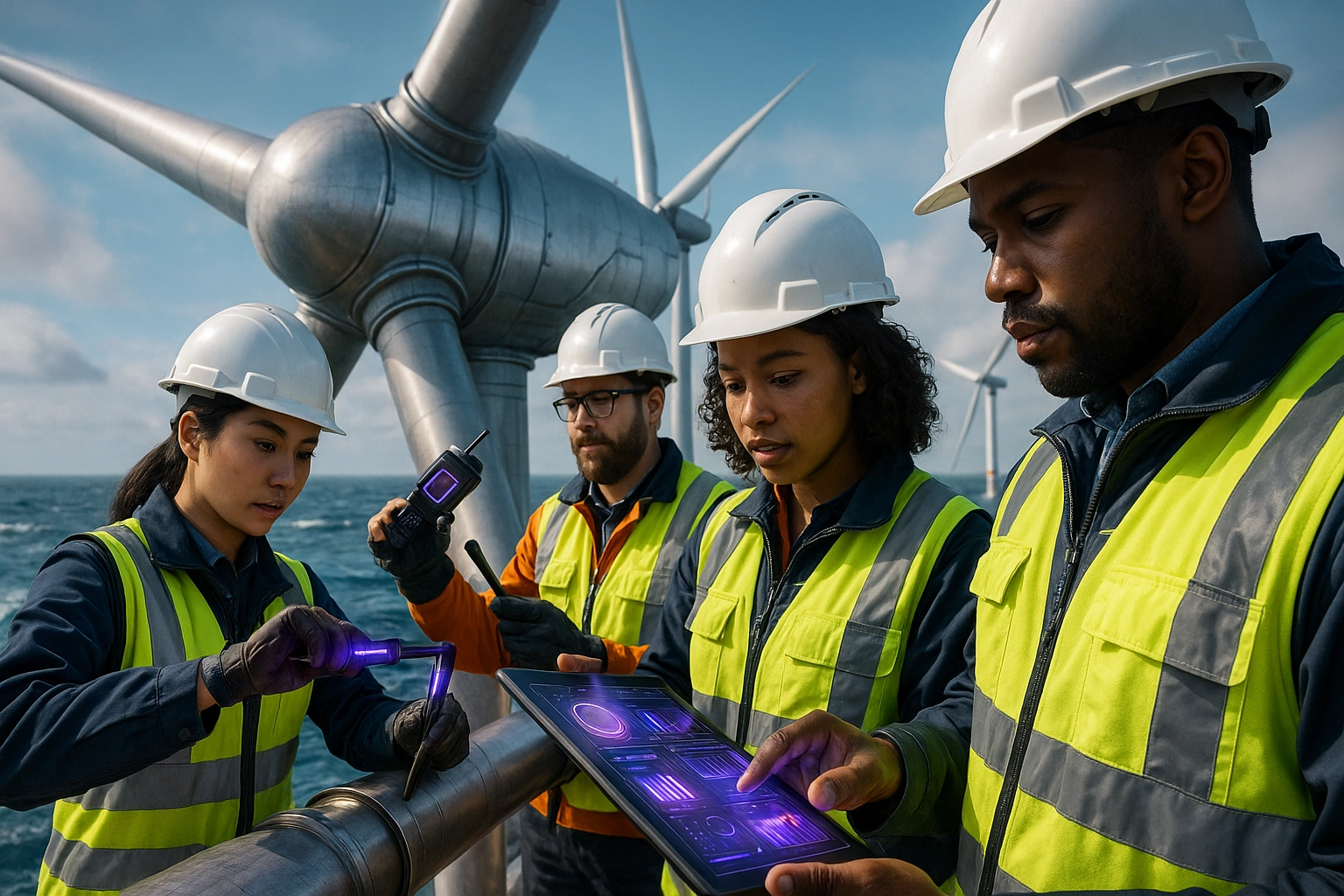
Economic Transformation and Market Forces
Here's the thing about good policy: it doesn't just create artificial markets—it accelerates trends that were already happening. Solar and wind are now the cheapest sources of electricity in most markets, even without subsidies. What policies are doing is removing barriers and creating conditions where these cost advantages can fully play out.
The $27 billion Greenhouse Gas Reduction Fund is a perfect example. Instead of creating a new federal bureaucracy, it's working through existing green banks and community lenders to get clean energy financing to places that traditional banks might overlook. This distributed approach means clean energy projects can move forward even as political winds shift in Washington.
Vehicle-to-grid technology and advanced energy storage are game-changers that make renewable energy reliable enough to serve as baseload power. When your electric car can sell power back to the grid during peak demand, or when battery farms can store solar energy for use after sunset, the whole energy system becomes more flexible and resilient.
Navigating Political Realities
Let's be honest—policy landscapes change with elections. What makes the current clean energy push so resilient is that it's creating economic constituencies that have reasons to support continued investment regardless of political party. When a manufacturing town in Ohio is employing thousands of people making solar panels, or when farmers in Iowa are earning steady income from wind lease payments, clean energy becomes a local economic issue, not just an environmental one.
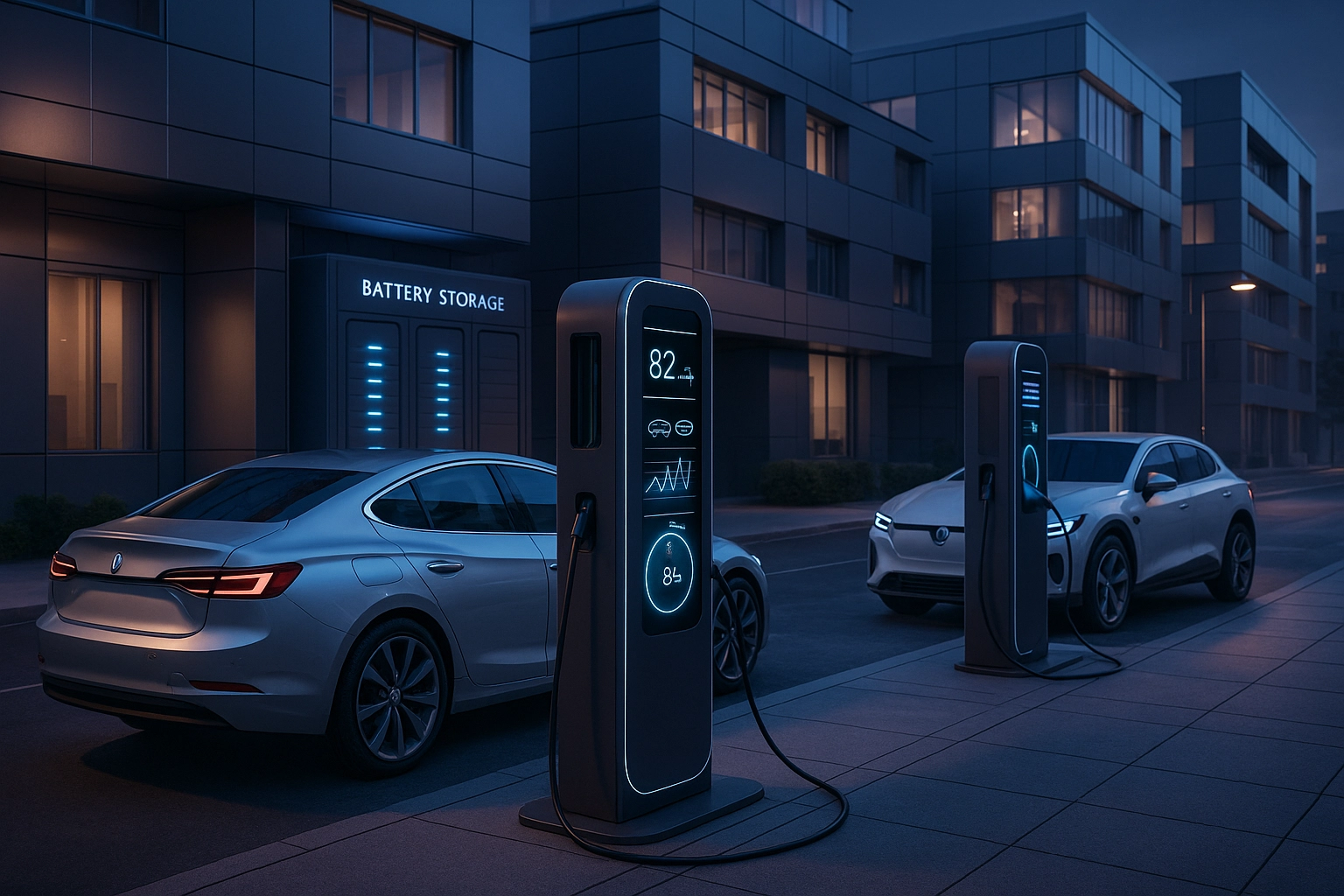
The beauty of programs like the IRA is that they're designed to create lasting change even if future policies shift direction. Once you've got manufacturing facilities built and supply chains established, once you've got workers trained and communities invested in clean energy success, that infrastructure doesn't just disappear with the next election cycle.
Looking Ahead: The Compound Effect
What we're seeing now is just the beginning. The combination of federal investment, state mandates, and rapidly improving technology is creating a compound effect where each success makes the next one easier and cheaper. As more renewable energy comes online, grid operators get better at managing variable power sources. As more electric vehicles hit the road, charging infrastructure becomes more ubiquitous. As more people work in clean energy, the political constituency for continued support grows stronger.
The most exciting part? We're still in the early stages of this transformation. The policies put in place over the past few years are designed to create momentum that builds on itself. Each gigawatt of renewable capacity installed makes the next gigawatt cheaper and easier. Each community that benefits from clean energy jobs becomes an advocate for continued investment.
At MWEnergy, we're seeing firsthand how these policy initiatives are creating opportunities across the energy spectrum—from solar and hydrogen to cutting-edge zero-point energy research. The companies that recognize these trends early and position themselves to take advantage of policy support will be the ones that shape the energy landscape for decades to come.
The sustainable energy transition isn't just about environmental benefits anymore—it's about economic competitiveness, energy security, and creating the kind of high-paying jobs that build strong communities. And thanks to unprecedented policy support, that transition is accelerating faster than anyone thought possible just a few years ago.

